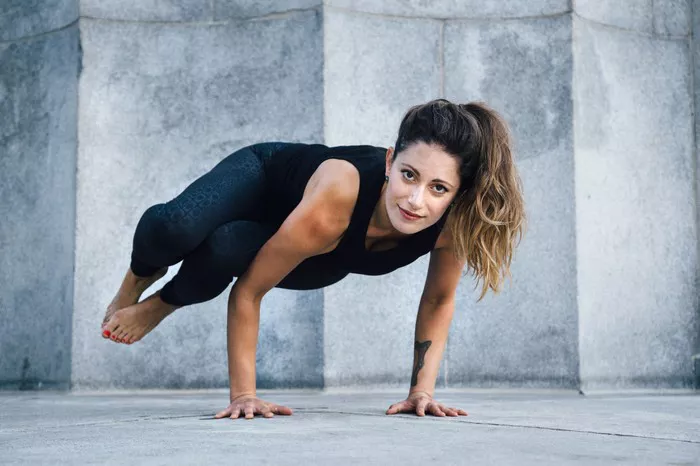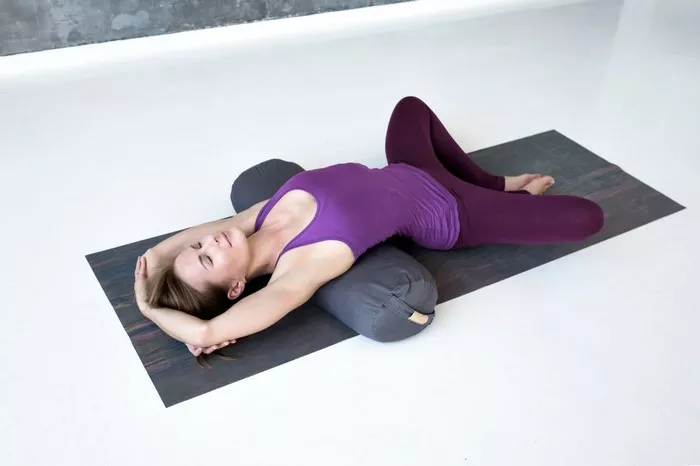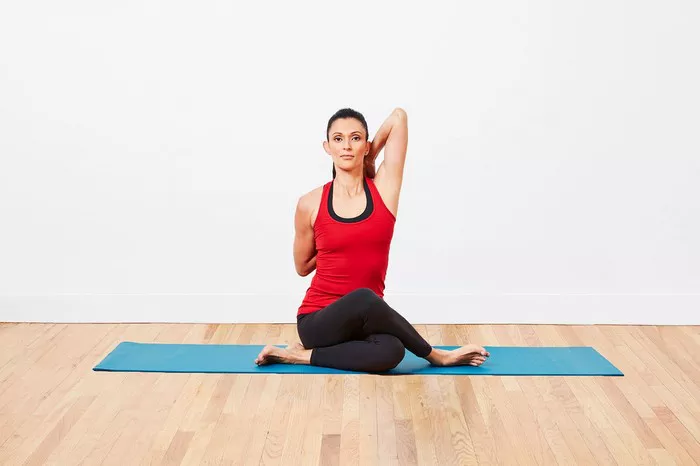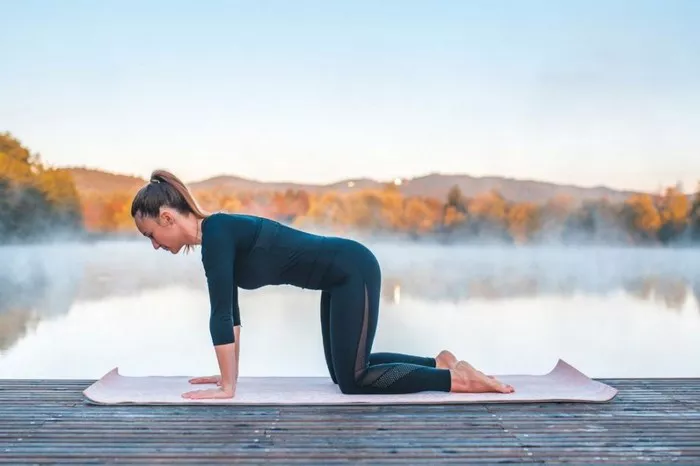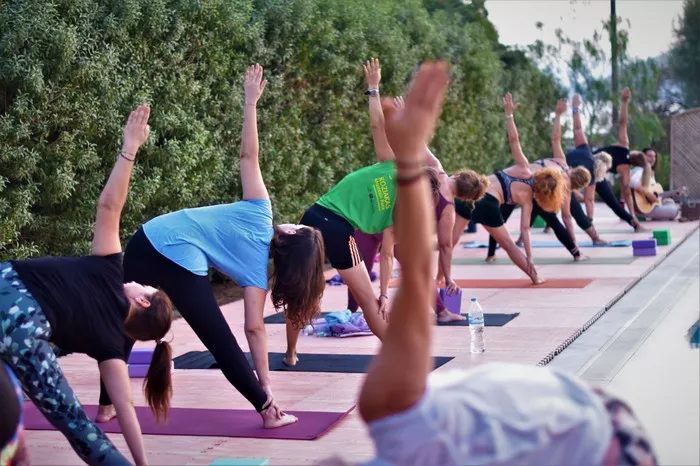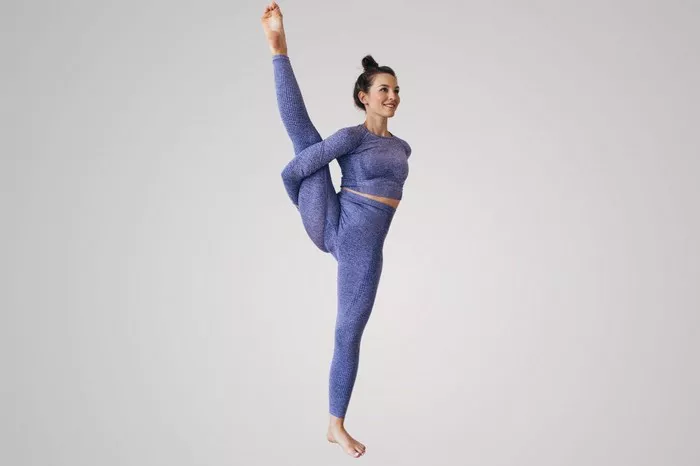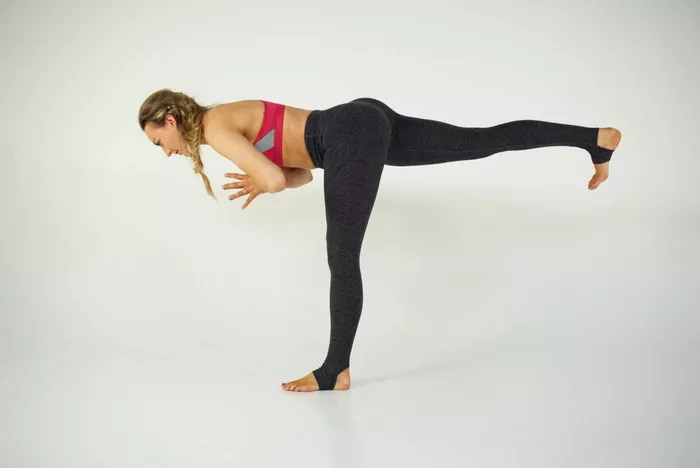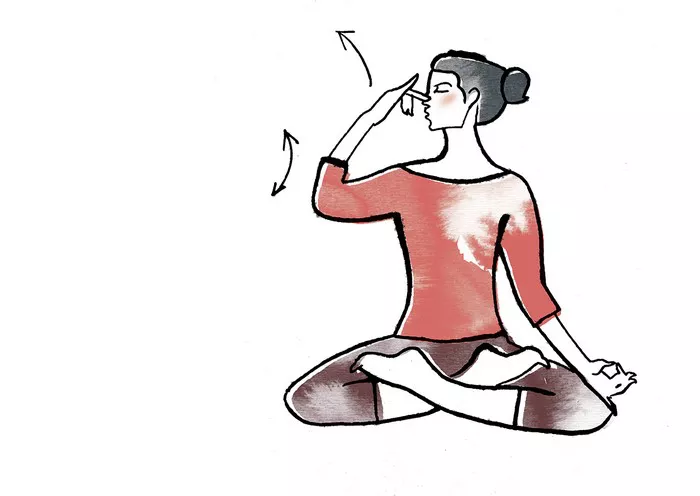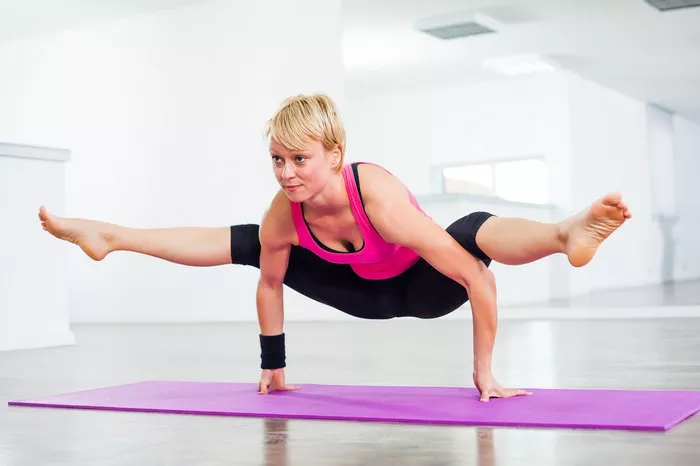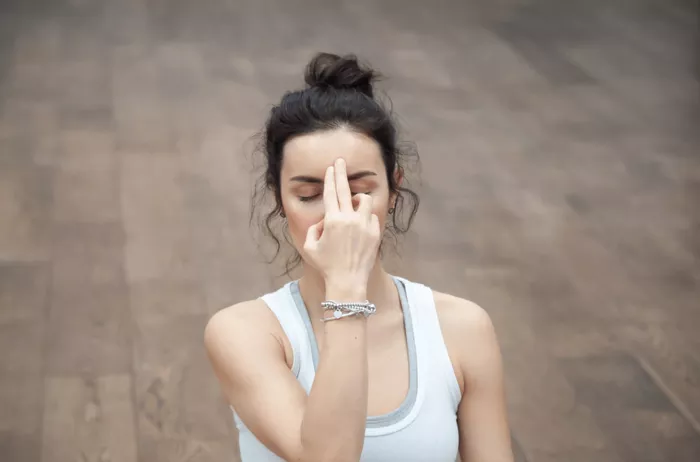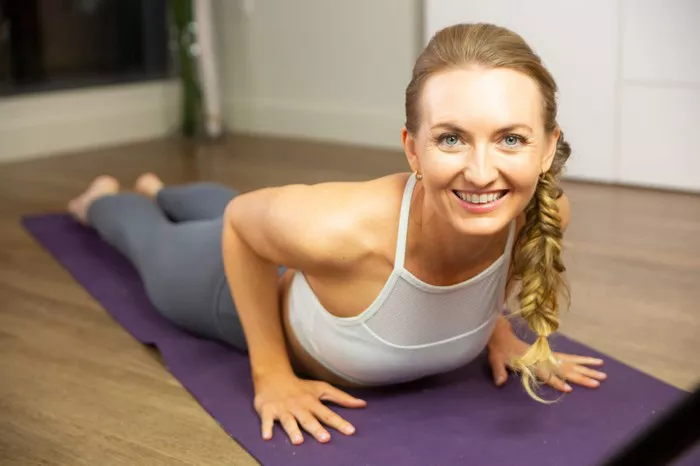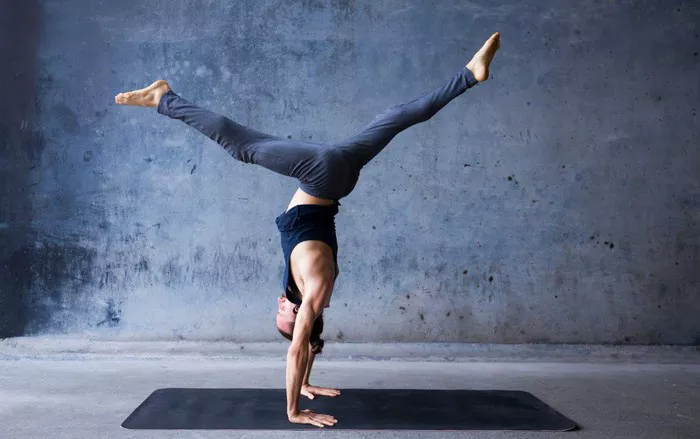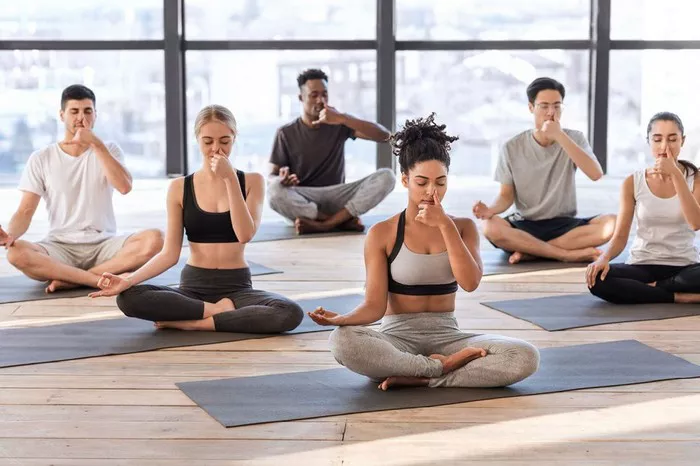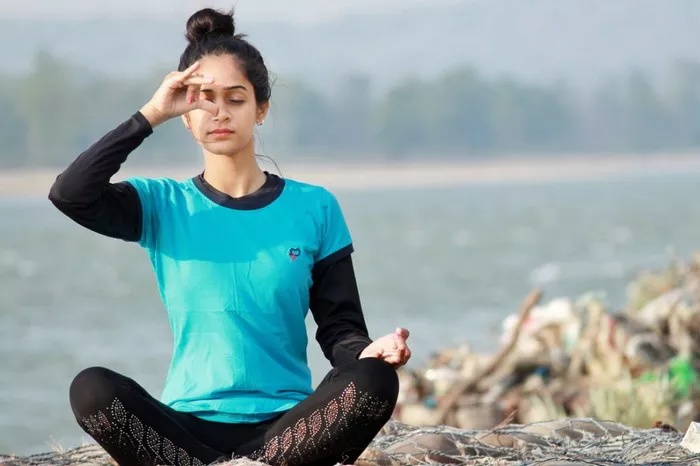Spinal stenosis is a medical condition characterized by the narrowing of the spaces within the spine, which can put pressure on the nerves traveling through the spine. This condition often leads to symptoms such as pain, numbness, and weakness, primarily in the back and legs. Conventional treatments for spinal stenosis include physical therapy, medications, and sometimes surgery. However, many patients seek complementary therapies, such as yoga, to alleviate their symptoms and improve their quality of life. Among various yoga styles, Iyengar Yoga has gained attention for its therapeutic potential. This article explores whether Iyengar Yoga can effectively treat spinal stenosis, discussing its principles, benefits, and considerations.
What is Spinal Stenosis?
Understanding the Condition
Spinal stenosis involves the narrowing of the spinal canal, which houses the spinal cord and nerve roots. This narrowing can occur due to age-related changes, arthritis, herniated discs, or congenital factors. When the spinal canal narrows, it compresses the spinal nerves, causing symptoms that vary depending on the location and severity of the stenosis.
Common symptoms of spinal stenosis include:
- Lower back pain or neck pain
- Numbness or tingling in the limbs
- Muscle weakness
- Difficulty walking or maintaining balance
- Cramping or fatigue in the legs
Types of Spinal Stenosis
There are two primary types of spinal stenosis:
- Lumbar stenosis – affecting the lower back, often leading to pain and numbness in the legs.
- Cervical stenosis – affecting the neck area, which can cause symptoms in the arms and legs.
The symptoms usually worsen over time and may interfere with daily activities, making effective management essential.
Traditional Treatments for Spinal Stenosis
Conventional Approaches
Traditional medical management aims to reduce pain and improve function. Treatments often include:
- Medications: Pain relievers, anti-inflammatory drugs, and muscle relaxants.
- Physical Therapy: Exercises to strengthen muscles, improve flexibility, and reduce nerve compression.
- Epidural Steroid Injections: To reduce inflammation around compressed nerves.
- Surgery: In severe cases, procedures like laminectomy or spinal fusion to relieve pressure on the nerves.
Limitations of Conventional Treatments
While these treatments can be effective, they are not without risks or limitations. Medications may cause side effects, and surgery carries inherent risks and a lengthy recovery. Physical therapy may not be suitable for all patients due to pain or limited mobility. These challenges prompt many to explore complementary therapies like yoga.
Introduction to Iyengar Yoga
What is Iyengar Yoga?
Iyengar Yoga is a form of Hatha yoga developed by B.K.S. Iyengar. It emphasizes precision, alignment, and the use of props such as blocks, belts, and chairs to assist in achieving correct postures. This approach makes it accessible to people with various physical limitations and conditions.
Key Features of Iyengar Yoga
- Focus on alignment: Precise body positioning to avoid strain.
- Use of props: Supports and adjustments help practitioners maintain postures safely.
- Gradual progression: Poses are introduced progressively to build strength and flexibility.
- Therapeutic application: Adapted sequences target specific health conditions.
Because of these features, Iyengar Yoga is often recommended by therapists and healthcare professionals for individuals with musculoskeletal issues.
How Iyengar Yoga May Help Spinal Stenosis
Mechanisms of Benefit
Iyengar Yoga can benefit spinal stenosis patients through several mechanisms:
- Improving spinal alignment: Proper posture reduces abnormal pressure on the spinal canal and nerves.
- Increasing flexibility: Stretching muscles around the spine helps alleviate stiffness and tension.
- Strengthening muscles: Enhanced muscle support around the spine can reduce the mechanical load on affected areas.
- Enhancing circulation: Yoga poses may improve blood flow, reducing inflammation and promoting healing.
- Reducing pain and stress: Mindfulness and controlled breathing can lower pain perception and improve mental well-being.
Specific Iyengar Poses for Spinal Stenosis
Certain Iyengar Yoga poses are particularly helpful for managing spinal stenosis symptoms:
- Tadasana (Mountain Pose): Promotes proper spinal alignment and posture awareness.
- Setu Bandhasana (Bridge Pose): Strengthens lower back and gluteal muscles.
- Adho Mukha Svanasana (Downward Dog): Lengthens and decompresses the spine.
- Supta Padangusthasana (Reclining Hand-to-Big-Toe Pose): Improves hamstring flexibility to relieve lower back strain.
- Viparita Karani (Legs-Up-the-Wall Pose): Encourages circulation and relaxation.
These poses, practiced under professional guidance, can be adapted to individual needs using props.
Scientific Evidence on Iyengar Yoga and Spinal Stenosis
Research Overview
Although comprehensive research on Iyengar Yoga specifically for spinal stenosis is limited, several studies have investigated yoga’s effect on chronic back pain and related conditions. These studies generally show improvements in pain, function, and quality of life, supporting yoga’s role as a complementary therapy.
Relevant Findings
- A 2013 randomized controlled trial showed that yoga, including Iyengar techniques, reduced chronic lower back pain and improved mobility.
- Research suggests that Iyengar Yoga improves posture and spinal alignment, which are critical factors in managing stenosis symptoms.
- Case studies report reduced pain and increased functional capacity in spinal stenosis patients practicing Iyengar Yoga regularly.
While more targeted studies are needed, current evidence is promising.
Safety Considerations When Practicing Iyengar Yoga
Importance of Professional Guidance
Spinal stenosis patients should always consult healthcare providers before starting yoga. Iyengar Yoga’s use of props and modifications makes it safer than many other styles, but improper practice can worsen symptoms.
Key Safety Tips
- Start with a certified Iyengar Yoga instructor experienced in therapeutic yoga.
- Avoid poses that cause pain or discomfort.
- Use props to reduce strain and maintain proper alignment.
- Practice gradually, increasing intensity and duration under supervision.
- Inform the instructor about your condition and symptoms.
Contraindications and Precautions
- Avoid deep forward bends or extreme twisting, which may increase nerve compression.
- Be cautious with backbends and weight-bearing postures.
- Stop immediately if you experience sharp pain, numbness, or weakness.
Integrating Iyengar Yoga into a Comprehensive Treatment Plan
Complementary Approach
Iyengar Yoga is best used alongside conventional medical treatments, not as a replacement. A combined approach can optimize symptom relief and functional improvement.
Steps to Integration
- Medical evaluation: Get a diagnosis and discuss treatment options with your doctor.
- Physical therapy: Use conventional therapies to build baseline strength and mobility.
- Iyengar Yoga sessions: Begin guided yoga practice focused on therapeutic poses.
- Regular assessment: Monitor symptoms and adjust yoga practice as needed.
- Lifestyle changes: Include diet, ergonomic adjustments, and stress management.
Benefits Beyond Symptom Relief
Psychological and Emotional Advantages
Yoga promotes mindfulness and relaxation, helping reduce anxiety and depression common in chronic pain patients. Improved mental health can positively impact pain management and overall well-being.
Enhanced Body Awareness
Iyengar Yoga teaches careful body awareness, helping patients recognize posture habits and make necessary corrections to prevent further spine damage.
Conclusion
Iyengar Yoga presents a promising complementary approach for managing spinal stenosis symptoms. Its focus on precise alignment, use of props, and gradual progression make it a safe and effective practice for many patients. While it may not cure spinal stenosis, Iyengar Yoga can improve flexibility, strength, posture, and pain, contributing to better function and quality of life. Consultation with healthcare professionals and certified instructors is essential to tailor the practice safely. Integrating Iyengar Yoga with conventional treatments offers a holistic path to managing spinal stenosis with both physical and mental benefits.
Related Topics:

